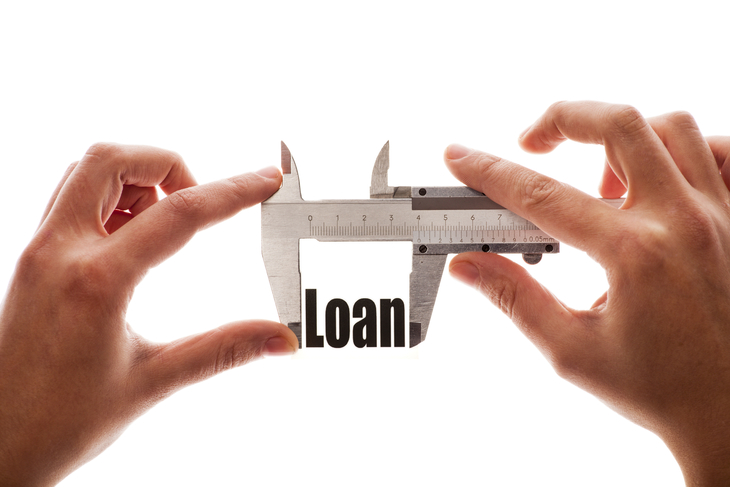Getting rid of your student loans: A Definitive Guide
Are you struggling with your student loan repayment at present? Student loans can prove burdensome irrespective of what your financial situation is. In the U.S. the total amount of student loans has crossed $1.3 trillion (that’s only second to the total size of the mortgage debt of the country). Thanks to the burdensome student loans, college graduates are finding it difficult to buy homes as well.
If your student loan is slowly adding up, then you need to ensure that it’s not spiraling out of your control in the near future. It’s not impossible to regain control over your finance. All you need is a systematic approach towards managing your debt. Here’s a Step by Step Student Loan Relief Guide in 2016.
“Understand” your loans properly
If it’s getting increasingly difficult for you to repay your debt, then you know it’s time to sit down for a thorough review. It’s time to do your Math. How much do you owe in total (consider both the private and Federal student loans here)? Took out sponsored What are the rates of interest carried by the different loans? What are the different grace periods?
At first, you need to review different student loans. Add up all your debts to figure out how much you owe in total. Once you sum up the total size of your debt, you should itemize the terms of all your loans. Different loans might have different rates of interest and repayment rules. You will require this information to chalk out a repayment plan and avoid penalties.
Just like different rates of interest and terms and conditions, different student loans may have different grace periods as well. Review the grace periods as well.
Start off with the higher loans
A solid pay-off strategy would be to target the high-interest loans first. Start off with the debt carrying the highest rate of interest, then the one carrying the second-highest rate of interest and so on. There is no point in repaying the less expensive debt at first, since the rates of interest on the expensive loans keep on accruing.
Consider consolidating your debts
Though debt consolidation is not a magical solution to your debt woes, it does offer some benefits. One of the most notable advantages of debt consolidation is that it simplifies your finances. Debt consolidation gives you the opportunity to roll multiple debts into a single debt. It is easier to keep track of a single loan than multiple loans at the same time.
Consolidation can lengthen your payoff period. It is important to compare loan terms thoroughly before signing up for consolidation. Please consider that if you consolidate your debts, you will not qualify for deferment options.
Other debt relief options
Besides consolidation, you can seek other New York debt relief options like debt settlement, credit counseling and debt negotiation and avoid bankruptcy by resolving unsecured debts like credit card bills, utility bills, store and gas bills and other unsecured personal loans. Once you enroll in a debt relief program, your debt specialist will tackle all communication with your creditors with the sole aim of significantly reducing your outstanding debt to an amount that is less than the full amount owed.

